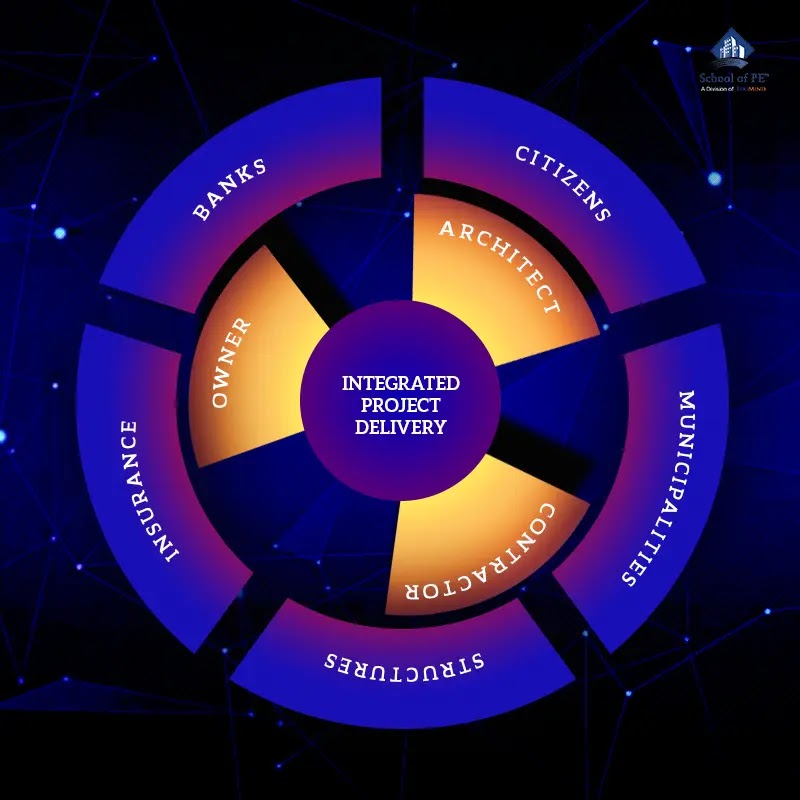The activities of the contractor during construction are often referred to as the means and methods.
Scenario: The architect comes to the site for construction observation and notices that there are subcontractors that are working in a dangerous area without protection. The architect tells the subcontractors that they should remedy the situation and tells them how.
What may seem like a situation of common courtesy can actually have dire consequences with the contractual structure of the relationships during a construction project.
Only the contractor is responsible for the means and methods of the construction project, including the safety of those on site. In this scenario, the architect crossed a line. Dangerous situations occur all the time on construction projects, but the architect cannot make that determination or suggest a remedy. That is the sole responsibility of the contractor. The architect, in doing so, assumes risk. The issue is not so much about taking a chance and saying something so people don't get hurt; the issue comes with the correlation of risk and insurance. The architect, contractually, is not required to carry the insurance for the workers on the construction site. That is the responsibility of the contractor. If the architect starts to control the means and methods, he/she assumes that risk. If something goes wrong, the architect does not have the insurance to cover that liability. Therefore, the architect should avoid saying anything that would be misconstrued as controlling the means and methods or giving direction. That does not mean the architect must remain silent. The line is situated between saying something that sounds like giving an order and saying something that sounds like communicating a concern. The architect should be concerned with staying contractually compliant or risks getting into trouble.


